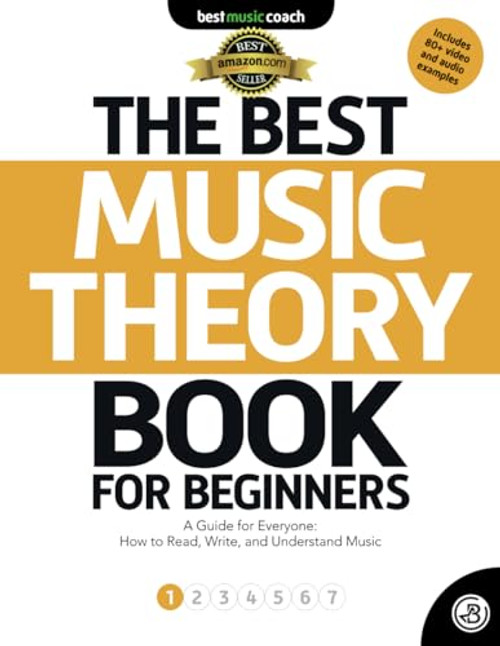Ideal as a core or supplementary text for the standard two-year music theory course and for graduate courses in theory review, Music Theory Resource Book covers all the topics typically studied in the basic music theory sequence. Concise and accessible, it features a basic anthology of musical examples--most of them complete compositions--from a broad range of periods and styles. Each chapter begins with these musical examples, which are followed by thought-provoking discussion questions that encourage students to learn through a discovery approach. A succinct outline follows the discussion questions, summarizing the principles of music theory for easy reference and review. Exercises at the end of each chapter engage students in a variety of analytical and practical tasks ranging in difficulty from simple (designed for all students) to more challenging (intended for students with more extensive backgrounds).
Music Theory Resource Book covers topics not usually found in standard theory texts including basic acoustics, contrapuntal techniques, jazz harmony, musics from non-Western cultures, and music since 1950. The musical examples represent a wide variety of periods and genres and include such pieces as a mass movement by Josquin des Prez, a Russian folk tune, a lead sheet for a popular song, a choral piece by William Billings, an Indian raga, variations by Beethoven and Brahms, a chromatic motet by Lassus, and an organ work from the 1980s by Messiaen. Bach, Schumann, Chopin, Mozart, Franck, Debussy, Bartk, Hindemith, Dallapiccola, Stravinsky, Crumb, and P:art are also represented, and other examples have been composed especially for this book. Several detailed appendices include profiles summarizing the stylistic traits and compositional techniques of the Medieval, Renaissance, Baroque, Classical, and Romantic periods. Another appendix features a guide to figured bass realization, and a comprehensive glossary of terms provides a reference resource for students.
Music Theory Resource Book
$243.54 - $279.48
- UPC:
- 9780195115390
- Maximum Purchase:
- 3 units
- Binding:
- Paperback
- Publication Date:
- 2000-02-10
- Author:
- Harold Owen
- Language:
- english
- Edition:
- SPI











